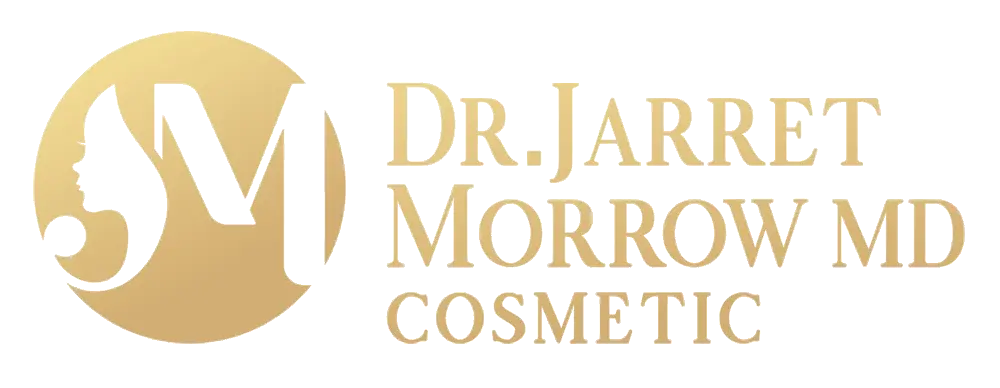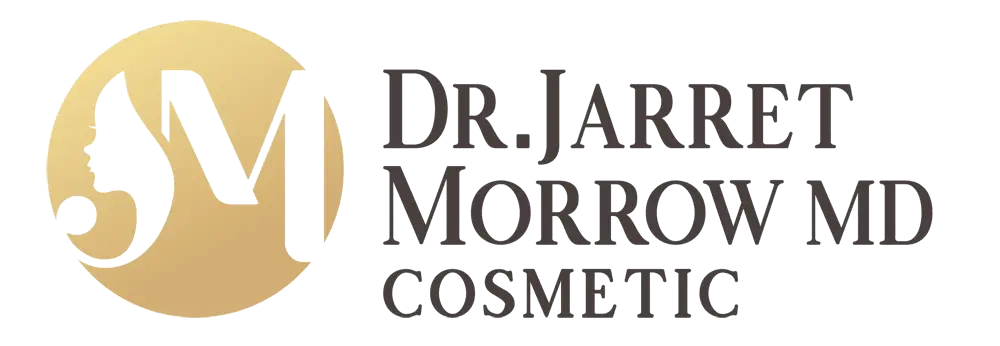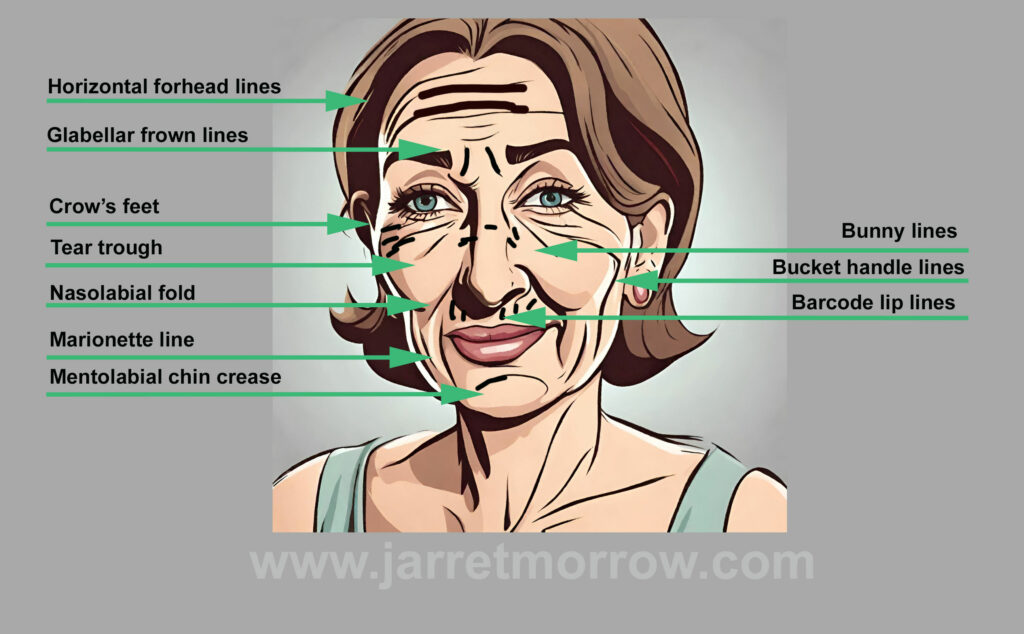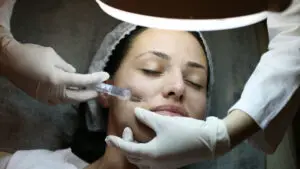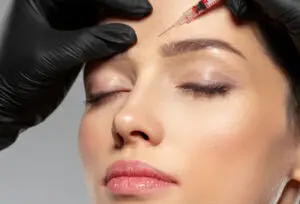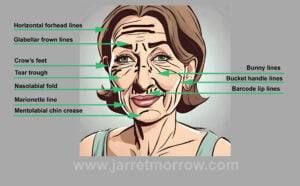Recently, I had a potential customer from Instagram ask me about pricing for Botox treatments. Specifically, they wanted to know what I charge per treatment area (for two areas). At first, I was a little taken aback because, where I started injecting back in 2014, we always charged by the unit. I haven’t changed since then.
However, I can see the appeal for customers—asking what injectors charge for different treatment areas seems easier to understand and compare prices from one clinic to the next.
For anyone curious about Botox, it’s important to understand what it is and how it works. Botox and Dysport are prescription medications that are injected into the facial muscles to temporarily relax them, reducing the appearance of dynamic wrinkles (wrinkles caused by muscle movement). This is in contrast to dermal fillers, which typically contain hyaluronic acid and are used to restore lost volume or enhance facial features.
Here’s why it’s not that simple…
The pricing of these treatments can vary, with two primary models in use: charging by the unit and charging by the treatment area. Understanding the differences between these models is crucial for both practitioners and patients. Keep reading to see the number of units typically required by treatment area for both men and women.
Based on my current pricing of $11 per unit for Botox and $10 per unit for Dysport, here’s what pricing typically looks like per treatment area at my clinic:
Neuromodulator Units Needed by Treatment Area
Women
- Glabellar frown lines (11s): 15 units
- Botox: $165 | Dysport: $150
- Horizontal forehead lines: 10 units
- Botox: $110 | Dysport: $100
- Crow’s feet: 12 units (6 per side)
- Botox: $132 | Dysport: $120
- Brow lift: 8 units (4 per side)
- Botox: $88 | Dysport: $80
- Bunny lines: 4 units (2 per side)
- Botox: $44 | Dysport: $40
- Gummy smile: 2 units
- Botox: $22 | Dysport: $20
- Lip barcode lines (smoker’s lines): 4 units
- Botox: $44 | Dysport: $40
- Mouth frown lift (DAO): 10 units (5 per side)
- Botox: $110 | Dysport: $100
- Golf ball chin (mentalis): 5 units
- Botox: $55 | Dysport: $50
Men
- Glabellar frown lines (11s): 25 units
- Botox: $275 | Dysport: $250
- Horizontal forehead lines: 15 units
- Botox: $165 | Dysport: $150
- Crow’s feet: 20 units (10 per side)
- Botox: $220 | Dysport: $200
- Brow lift: 10 units (5 per side)
- Botox: $110 | Dysport: $100
- Gummy smile: 4 units
- Botox: $44 | Dysport: $40
- Mouth frown lift (DAO): 10 units (5 per side)
- Botox: $110 | Dysport: $100
- Golf ball chin (mentalis): 5 units
- Botox: $55 | Dysport: $50
Prices shown are based on typical dosing. Your individual treatment may require more or fewer units depending on your facial anatomy, age, muscle strength, and goals.
Charging by the Unit for Botox or Dysport
As I’ve said, I’ve always charged by the unit. Why? Because I believe it’s the fairest, most transparent, and most precise way to price Botox treatments. Here’s why:
You only inject what people need—and only charge them for what they receive.
Take glabellar lines (a.k.a. the “11s”) for example. There’s a huge range:
Some women need just 8–10 units
Most need 15–20
Some rare cases go beyond that
Men often need 25–40+ units
The muscle strength in this area varies significantly—between individuals, and especially between genders. Also, with regular treatments, most people require fewer units over time.
There’s a common saying: “Units = Duration.” That is, fewer units might save you a bit now, but they’ll wear off sooner. But that doesn’t mean more is always better—especially in areas like the forehead, where too many units can drop the brows or flatten expression.
Everyone has different aesthetic goals.
Some clients want to be completely frozen, while others prefer a soft, natural look with movement. Charging by the unit lets me customize your treatment accordingly—rather than forcing your goals into a fixed treatment area model.
It offers the best value for clients.
Over the years, I’ve met many patients who were oversold on units at other clinics—especially in the glabella. This area tolerates higher doses, so it’s easy to pad a treatment. But I believe in building long-term trust by doing what’s best for each client, every time.
Pro Tip:
If you’re ever unsure whether your injector is upselling you—or if they won’t tell you how many units they’re injecting—it might be time to find one you trust.
Charging by the Treatment Area for Botox
I’ve never been a fan of this model. Why?
It’s a cookie-cutter approach.
Everyone’s muscle strength, goals, and wrinkle depth are different. A one-size-fits-all model doesn’t reflect that—and often sacrifices results or safety.
You could be overcharged.
If you’re paying $250 to treat your frown lines but only getting 12 units, is that a good deal? Probably not. Transparency matters.
You might get too much—or not enough.
Clinics that charge by area often stick to standard dosing. This can lead to under-treatment, over-treatment, or unnatural results.
Recap – Botox & Dysport Pricing Models
Pros of Charging by Unit
✅ Transparent
✅ Personalized
✅ Aligns with your goals
✅ More flexible and fair
Cons of Charging by Unit
❌ May require some education on unit ranges
❌ Total cost can vary person to person
Pros of Charging by Area
✅ Easy to understand
✅ Simple for budgeting
Cons of Charging by Area
❌ One-size-fits-all
❌ Lacks flexibility
❌ Often lacks transparency
Pros of Charging by Treatment Area
Charging by treatment area simplifies pricing. Patients know upfront the cost of treating a specific area—like the forehead or crow’s feet—which can make budgeting easier. This model also shifts the focus to the desired outcome rather than the number of units used, which can feel more approachable to clients unfamiliar with dosing. For some, it simplifies the decision-making process since they don’t need to understand unit-based pricing or estimate how many they’ll need.
Cons of Charging by Treatment Area
The biggest drawback is the lack of flexibility. Patients may receive a standard number of units for a given area, regardless of their personal needs. That can lead to over-treatment or under-treatment, which affects both results and safety. This model also doesn’t account for variations in facial anatomy, muscle strength, or aesthetic goals. In short, it’s a one-size-fits-all approach to a treatment that really should be customized.
Final Thoughts
To answer the original question:
The best way to get the most out of your Botox or Dysport treatments is to find an experienced injector who charges by the unit and customizes your treatment.
If you’re in the Victoria or Westshore area (Colwood, Langford, etc.), I offer complimentary consultations and would be happy to walk you through your options, dosing, and goals.
📍 Dr. Jarret Morrow MD
📍 Serving Greater Victoria, including Colwood & Langford
➡️ Contact us for your complimentary consultation
➡️ Visit our page for Botox & Dysport aftercare instructions
